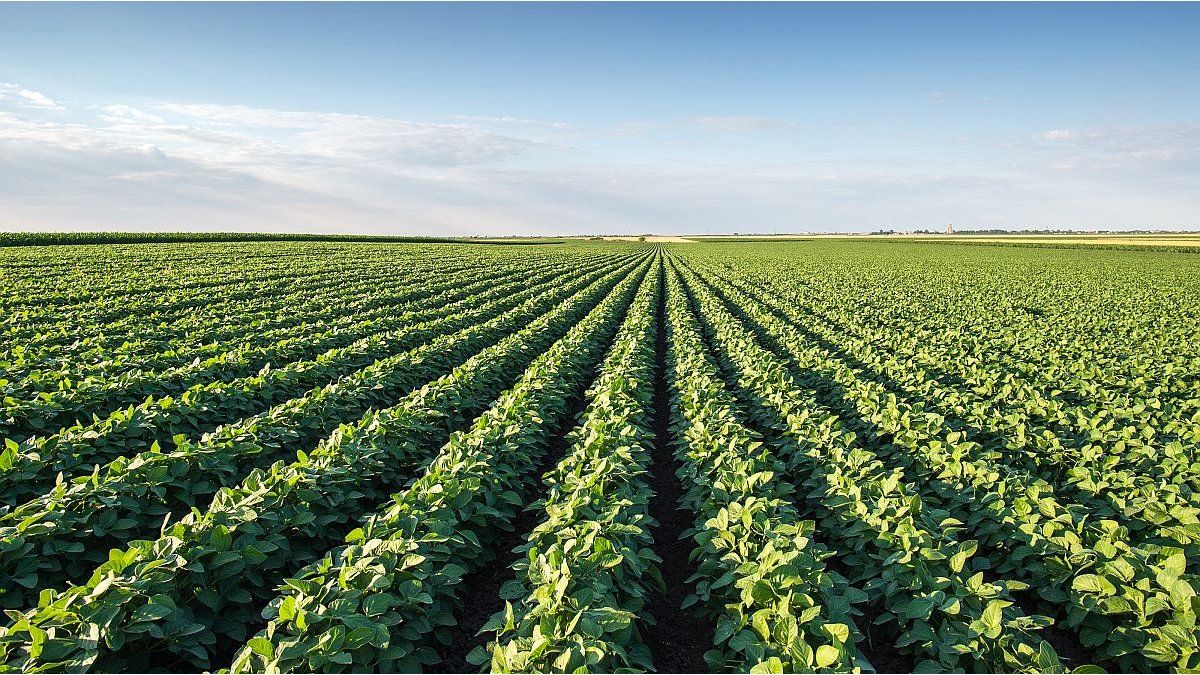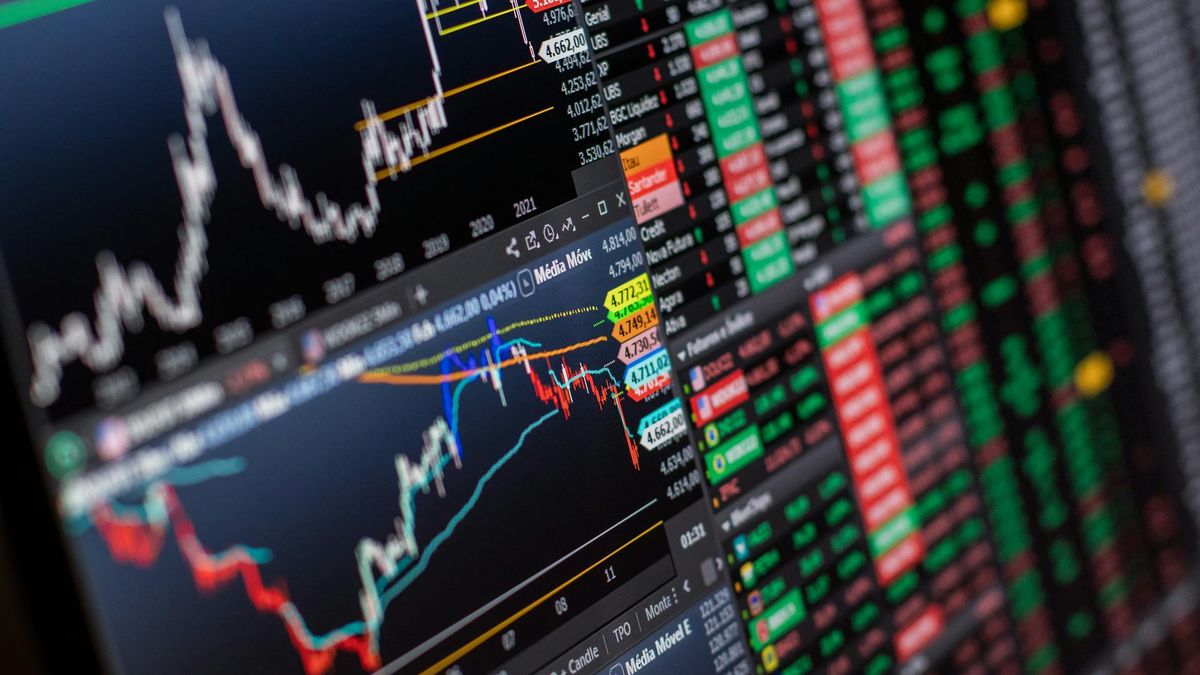In this way, the March contract of the oilseed decreased 0.87% (US$3.86) to US$436.88 per ton, while the May position decreased 0.88% (US$3.95 ) to position itself at US$440.01 per ton. When Milei took office, soybeans were trading at $490.
Soybean futures fell, with the most active contract on a continuous chart touching the lowest price seen since the December 15, 2020, now that projected rains in Brazil’s main producing regions add to expectations of large supplies from South America.
Market movements underscore how market participants are refocusing on forecasts of excess production of cereals and oilseeds this year, said Karl Setzer, co-founder of Consus Ag Consulting.
“Right now we don’t have a soft market,” Setzer said. “What we have is a supply problem. We are overproducing what the world needs.”
That concern about supply and demand is also what led funds and other market participants to spend the day adjusting positions ahead of a series of crop reports on Thursday.
According to the analysis of the Grassi brokerage (in nominal dollars), The average price of soybeans in the Milei era is US$460 so far. While during Alberto Fernández’s 4 years, the average price was US$483 (the maximum peak reached US$652).
New data puts pressure on the market
The large amount of data will include updating theBrazil’s official production estimates from the Conab agency, Statistics Canada estimates on your country’s grain stocks and monthly supply and demand forecasts from the United States Department of Agriculture and the world.
Setzer said the trade will be particularly attentive to Conab’s estimates, after the USDA reported last month Brazilian harvests larger than expectedas well as higher levels of yield and production in the United States for the newly harvested crop.
“Conab tends to lag behind the USDA in production numbers,” Setzer said, noting that if those numbers are relatively high, “that means the USDA numbers are probably pretty close.”
Source: Ambito
I am a 24-year-old writer and journalist who has been working in the news industry for the past two years. I write primarily about market news, so if you’re looking for insights into what’s going on in the stock market or economic indicators, you’ve come to the right place. I also dabble in writing articles on lifestyle trends and pop culture news.




